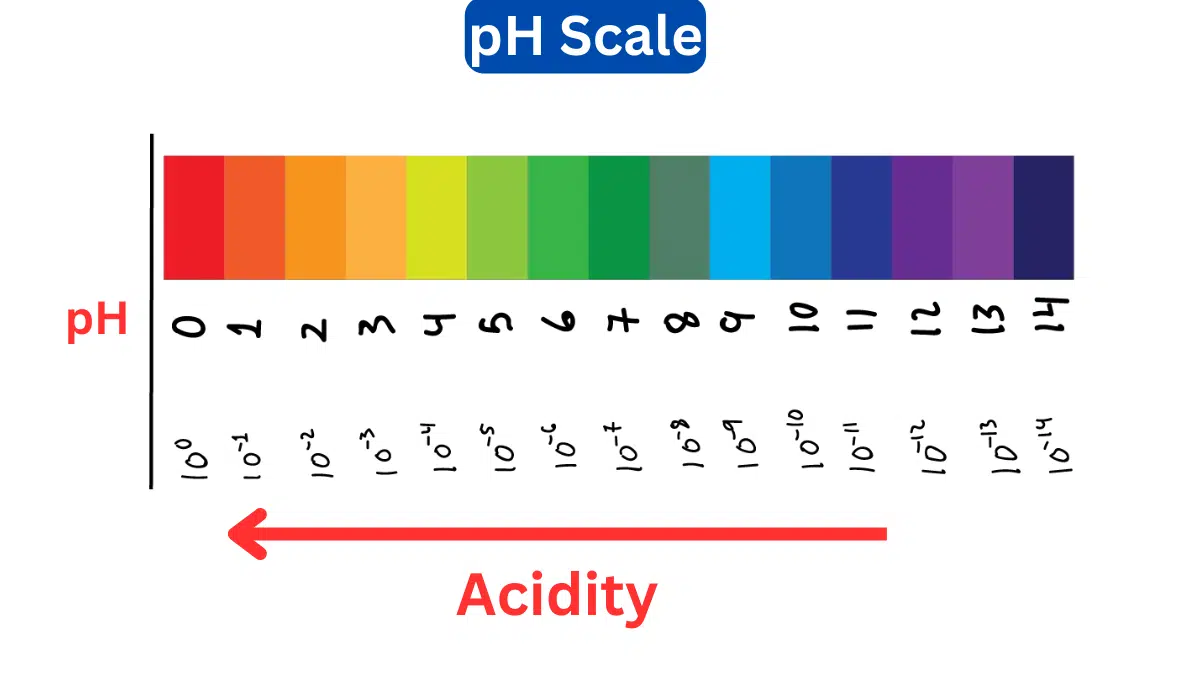10 Examples of Reversible Reactions
A reversible reaction is a chemical reaction that can proceed in both the forward and reverse directions. This means that the reactants can be converted to products, and the products can also be converted back to reactants.
They reach a state of dynamic equilibrium, where the rates of the forward and reverse reactions are equal, resulting in relatively stable concentrations of reactants and products over time.
Hydrolysis of water and the formation of Nitrogen Dioxide are very common examples of reversible reactions.
Examples of reversible reactions
Here are examples of reversible reactions, along with explanations of why each is considered a reversible reaction:
1. Hydrolysis of Water:
Reaction: H₂O ⇌ H⁺ + OH⁻
Explanation: Water can ionize into hydrogen ions (H⁺) and hydroxide ions (OH⁻), and these ions can recombine to form water molecules. This equilibrium is important for understanding pH in aqueous solutions.
2. Ammonium Chloride Dissociation:
Reaction: NH₄Cl ⇌ NH₄⁺ + Cl⁻
Explanation: Solid ammonium chloride can dissolve in water to form ammonium ions (NH₄⁺) and chloride ions (Cl⁻). Conversely, these ions can combine to reform solid ammonium chloride.
3. Formation of Nitrogen Dioxide:
Reaction: N₂O₄ ⇌ 2NO₂
Explanation: Nitrogen dioxide (NO₂) is a brown gas that can dimerize to form dinitrogen tetroxide (N₂O₄). This equilibrium is involved in the balance between the two forms of nitrogen dioxide.
4. Carbonate-Bicarbonate Equilibrium:
Reaction: CO₃²⁻ + H₂O ⇌ HCO₃⁻ + OH⁻
Explanation: Carbonate ions (CO₃²⁻) in water can react with water to form bicarbonate ions (HCO₃⁻) and hydroxide ions (OH⁻). This equilibrium is essential in maintaining the pH balance in blood.
5. Equilibrium of Ethanoic Acid and Ethyl Acetate:
Reaction: CH₃COOH ⇌ CH₃COO⁻ + H⁺
Explanation: Ethanoic acid can partially ionize in water to form acetate ions (CH₃COO⁻) and hydrogen ions (H⁺). In a reversible reaction, these ions can combine to regenerate ethanoic acid.
6. Reversible Formation of Hemoglobin-Oxygen Complex:
Reaction: Hb + O₂ ⇌ HbO₂
Explanation: Hemoglobin (Hb) can reversibly bind to oxygen (O₂) in the lungs to form oxyhemoglobin (HbO₂). In tissues where oxygen is needed, HbO₂ releases oxygen.
7. Reversible Formation of Carbonic Acid:
Reaction: CO₂ + H₂O ⇌ H₂CO₃
Explanation: Carbon dioxide (CO₂) can dissolve in water to form carbonic acid (H₂CO₃). This reaction is essential for the transport of CO₂ in the blood and its removal in the lungs.
8. Formation of Iron(III) Hydroxide:
Reaction: Fe³⁺ + 3OH⁻ ⇌ Fe(OH)₃
Explanation: Iron(III) ions (Fe³⁺) can react with hydroxide ions (OH⁻) to form iron(III) hydroxide. This reaction is reversible, particularly in the context of water treatment.
9. Acid-Base Reactions:
Reaction: HCl + NaOH ⇌ NaCl + H₂O
Explanation: Acid-base reactions, such as the reaction between hydrochloric acid (HCl) and sodium hydroxide (NaOH), are reversible. In this example, they produce salt (NaCl) and water (H₂O).
10. Equilibrium of Ethene and Ethane:
Reaction: C₂H₄ ⇌ C₂H₆
Explanation: The interconversion of ethene (C₂H₄) and ethane (C₂H₆) is a reversible reaction. Under certain conditions, they can transform into each other.





Leave a Reply